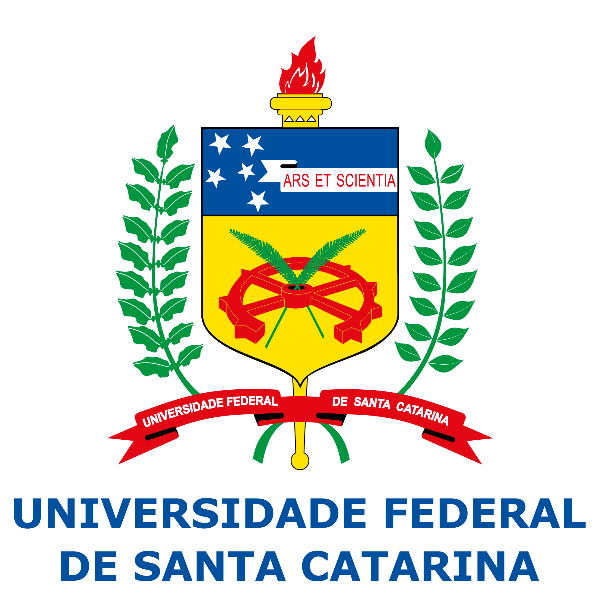Place: Auditório Victor Meirelles
Weighted U–statistics for absolutely regular processes with applications to time series and other dependent sequences
Aluisio S. Pinheiro, Rodney Fonseca
U-statistics is a classical tool in nonparametric inference, commonly used to establish large sample properties of various estimators. We focus on weighted U-statistics
for absolutely regular processes and discuss different aspects of this type of estimator, such as data dependency level, type of weights, and kernel degeneracy. We prove a
central limit theorem for weighted U-statistics with non-degenerate kernels, and discuss connections of this problem with V-statistics and the case where kernels are degenerate. An application illustrates how the proposed methods can be used in related problems in the literature.
Bayesian estimation of mixture regression by wavelets
Michel H. Montoril, Flávia C. Motta
In this work we consider a mixing problem of two Gaussian components, where the weight of the mixture has a dynamic behavior (for example, it varies over time). We propose a Bayesian method to jointly estimate the component parameters and the dynamic mixture weights. The key idea of this method is to apply a transformation to the data to deal with a regression problem, where dynamic mixture weights represent the regression function. Estimates are obtained based on MCMC samples of the posterior parameters. For this task, an efficient algorithm based ona Gibbs sampler is proposed. We observed a good performance of the method through Monte Carlo simulation studies. Furthermore, a real dataset application using an array Comparative Genomic Hybridization (aCGH) data illustrates our approach.
Clustering and classification by wavelets
Pedro A. Morettin, Chang Chiann, João R. Sato and Brani Vidakovic.
In this work we consider several wavelet-based procedures for clustering and classication purposes. In some situations, the time domain approach may not lead to clear classication or discrimination. When we move to the wavelet domain, the multiresolution analysis leads to look at data in several levels of resolution (or scales) and then the separation may become better. Among the wavelet-based procedures, we mention:
(a) Multifractal Spectra (MFS) and associated descriptors.
(b) DWT-CEM procedure: discrete wavelet transform combined with classication expectation maximization algorithm.
(c) DWT-Schur measures: discrete wavelet transform followed by the use of some Schur monotone measure.
(d) Wavelet-based Bayesian discriminant function.









